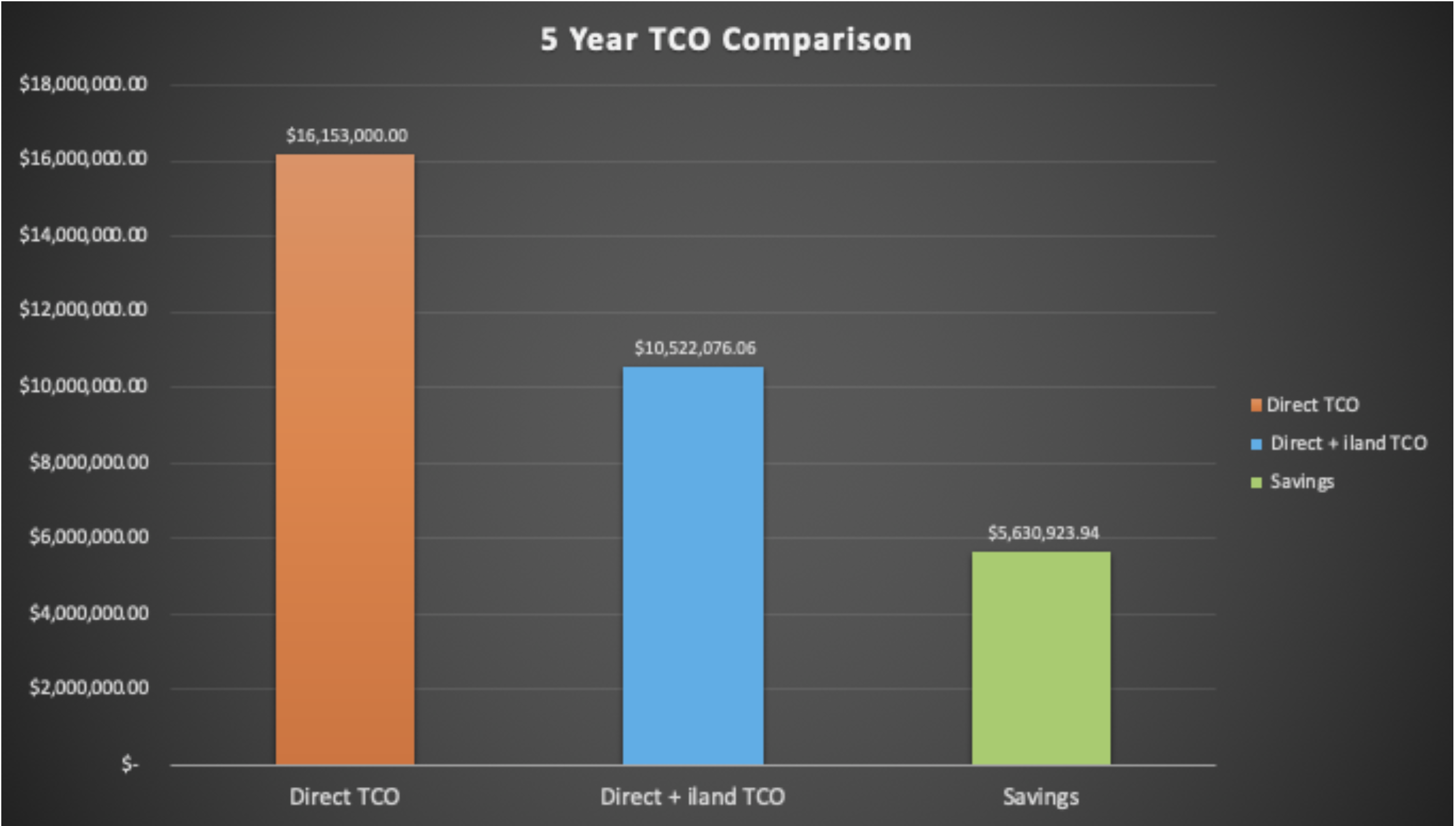
Part 2: Disaster Recovery economics
In our last blog, we talked about the “Technology Trifecta” that can be used to determine if disaster recovery (DR) makes sense for your business. One of the three criteria is Return on Investment (ROI). ROI is a financial data point that can be used to compare two competing investments by looking at costs and benefits. In this case, a company might use the ROI of DR in two different ways: 1) Compare DR against other (non-DR) investments 2) Compare two different DR deployments or vendors.
In this blog we are going to focus on #2 above, but for simplicity purposes we are going to compare the different deployments using TCO (Total Cost of Ownership). Why? Because TCO only focuses on costs, which can be simulated for more organizations (generally) than costs AND benefits. As a side, the “benefits” input of ROI can vary widely depending on organization, brand, industry, geography, and more. But in many cases, it can quickly make DR a no-brainer in terms of investment.
So let’s compare two different DR solutions via TCO:
- Traditional, on-premises DR solution. This includes purchased, managed, and maintained hardware, software and a second disaster recovery site
- Disaster Recovery as a Service. This includes a monthly cost – $/GB.
Total cost of ownership is the summation of all costs associated with owning and managing a solution over a period of time. Because the costs of most solutions differ based on company size, we will make the following assumptions in our simulation:
Financials (USD)
- Topline company revenue per annum: $50,000,000
- Market vertical: Commercial
- Expected usage per annum: 1 month
- Current IT spend per annum: $3,500,000
- End-user (E.g. desktop, laptop, client applications) IT spend per annum: $700,000
- Hardware investment (total CAPEX):$750,000
Our models include MANY other inputs – but for purposes of this blog, I’ve abbreviated down to just financials to keep the length down. FYI other inputs include granular values for operations, technology, and more. While it is true that your “mileage may vary”, it likely won’t be by much. The output below represents a $50M company with a traditional DR deployment that is considering a transition to cloud-based DRaaS. Let’s see how the costs of each solution compare over 5 years:

As you can see in the graph above, the TCO for a traditional disaster recovery deployment (owned, on-premises) is nearly 60% MORE expensive than a cloud-based disaster recovery as a service (DRaaS) solution. Again, the above calculations will vary depending on your organization. However, the difference between the cost of a traditional DR deployment and a DRaaS deployment is unlikely to change enough to offset the benefit of going to the cloud. It is that significant.
Interested in running the numbers for your organization? Or, considering multiple DRaaS solutions and looking to compare? We can help with that. Contact us for more information.
In our next blog, DR Chronicles part 3, we will talk about the tough reality of DR: When you need it, it will become your production environment. Will your provider be ready?





